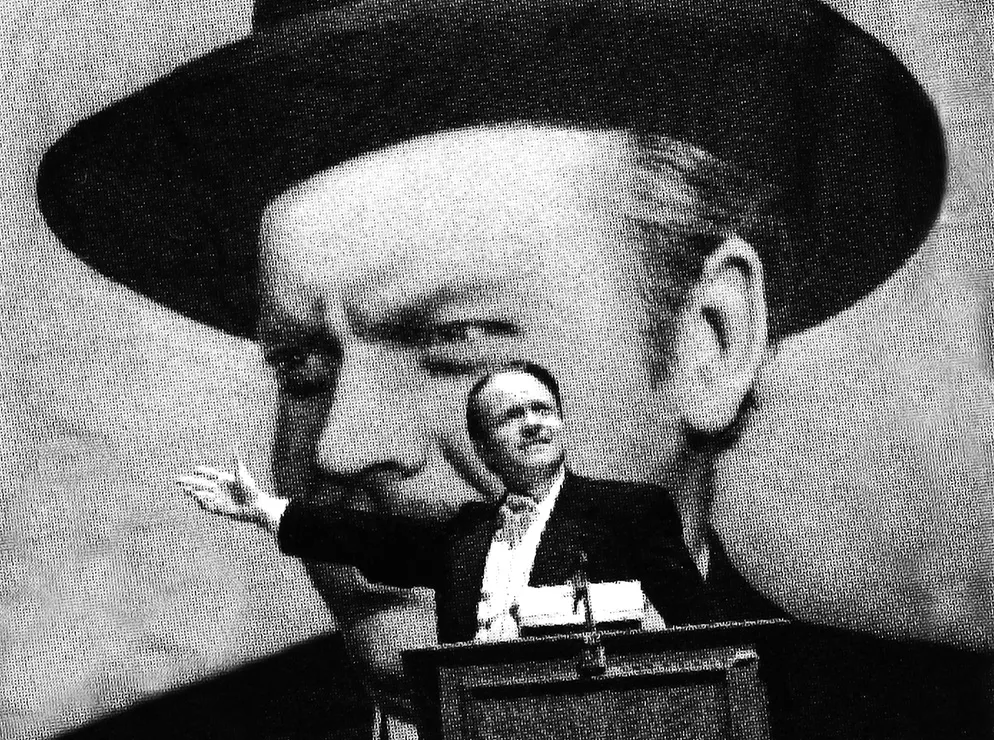
IBTTA’s Patrick Jones contemplates the need for, sources of and constraints on transportation innovation.
For years now, visionary thinkers and doers in the highway transportation community have been laser-focused on the role of innovation in addressing the most pressing mobility challenges.
More recently, the potential has begun playing out in real-time, thanks to a flurry of new technologies and processes that are transforming every aspect of the transportation system.
The expectations are high. Innovation is the magic ingredient that will improve highway safety and reduce roadway congestion as well as meet traveller, community and stakeholder expectations while accommodating steady increases in traffic volume. It will create new capacity in crowded metropolitan corridors with no space for new construction, and it will deliver value for money as public and private funding and financing confront a global infrastructure gap in the trillions of dollars.
And that’s before a new generation of disruptive technologies takes the driver out of the mobility equation completely, upending the norms and expectations that have always shaped our transportation systems.
It’s a tall order. But what’s exciting, is to see public and private agencies, toll operators, technologists and engineers, finance gurus and management specialists, all stepping up to embrace the challenge.
Within the global tolling industry, the conversation about innovation has been going on for well over a decade. And the results are right before our eyes—from the pricing algorithms behind the meteoric rise of managed and express lanes as a mobility tool, to the wider embrace of all-electronic tolling systems, to the impending move to interoperability nationwide in the U.S.
Given the importance the transportation sector attaches to innovation, it’s important to think about its essential components: where it comes from, how it happens, and what businesses and governments can do to nurture, support and accelerate it. The International Bridge, Tunnel and Turnpike Association (
The blog thread opened provocatively, with comments from New York Times columnist Thomas L. Friedman that pointed to a serious innovation gap between the United States and another global powerhouse. “We are the United States of Deferred Maintenance,” Friedman wrote. “China is the People’s Republic of Deferred Gratification. They save, invest and build. We spend, borrow and patch.”
Friedman cited six broad categories - human capital, innovation capacity, entrepreneurship, IT infrastructure, economic policy and economic performance –that shape an economy’s prospects for innovation and competitiveness. Reading his column led us to question where innovation will come from in transportation? Where should it come from?
What can we in the transportation sector do to raise the innovation score (and, hence, competitiveness) of our respective countries?
And are we destined to spend, borrow and patch or can we - once more - save, invest and build?
The responses didn’t disappoint.
Find and fill
At its most basic, a respondent said, innovation is a pragmatic process, driven by a ‘find a need and fill it’ mindset. That means designing public/private planning strategies and shaping a public policy debate that can “absorb this entrepreneurial spirit”.
Another correspondent drew a sharp distinction between innovation and quality improvement. “Quality improvement is about doing the same thing, only better,” he said.
“Innovation is about doing new things and creating new opportunities.”
The majority view was that innovation works best when public and private interests within an industry work together and challenge each other. “This often takes the form of coordinated efforts to tap into federal dollars to fund research and development, and by public authorities brave enough to bet their dollars on attractive new options offered by the private sector,” said one commentator. “I can give 25 good examples of how [the U.S. Transportation Research Board] has captured an innovative idea from academia, transmitted it to the feds who have funded it, and voilà, you have real innovation,” added another transportation executive. “Yes, I’m saying the federal government, not private industry, is the number one innovation engine for highways in the US. It is a popular misconception that the best innovations always come from private industry.”
At a practical level, one respondent suggested two conditions that make innovation and transformation possible; customer dissatisfaction with current conditions, coupled with an industry’s desire to undertake changes that are within its power to deliver. Look no farther than the last decade to see what happens when those two factors converge.
“While it is necessary to identify exactly what needs to be changed, we’ve started that process with addressing interoperability, standards for enforcement, cross-boundary business processes, and open systems architecture,” said the response. Just a few years later, fully interoperable toll systems are on the near-horizon in the United States and Europe, and the basic principle can apply to a host of other technology-driven transformations that are rewriting the highway transportation story forever.
Wider context
A couple of respondents took a wider view, with one digging down to what transportation really means for society and saying that, in the classic sense, transportation is one channel in the overall means of communication that a society uses and develops. “In the coming decades, one of the defining features of global economic life will be that more and more work will be done virtually,” he wrote. That change will be a “logical and appropriate technological answer” to depleting petroleum resources and increasing pollution, and could drastically shift the “distribution of who uses transportation infrastructure” in the United States and in other countries. But “even if people work from home, they still need to eat,” the reader noted.
Which means that “the productivity growth of telecommuting will translate into demand for more goods and services [as on-line orders are delivered to people’s homes rather than the high street]. And that means transportation infrastructure will become more dependent on and tied to the movement of goods and freight.”
That comment connects directly to conversations and debates that continue to this day, reshaped but not deflected by changes in economies, technologies, and fuel sources.
From here to there
The immediate question facing the entire surface transportation community is how we get our policies—not to mention our users—from here to there.
“If this crystal-balling is at all accurate, as transportation providers and planners, we have to address the needs of an increasingly important consumer base,” one observer
concluded.
That means, the contributor argued, building roadways to facilitate swift, safe trucking flows, ubiquitous intermodal
connectivity and deployment of the facilities and technical infrastructure that support efficient transportation logistics. This must be complete with “communication technology/ networks and expanded customer service applications…to address this growing need.”
“I prefer verbs to nouns,” stressed one active IBTTA member. “My mindset is action. Rather than wait for a vision or legislative mandates to change, innovate, and transform, I think this industry can be the role model for the greater transportation market.”
“If we are to make meaningful improvements in our nation’s surface transportation system, we will need to find ways to embed innovation in it,” wrote one contributor but another commenter wasn’t prepared to underestimate the challenge behind that statement.
“Innovation seldom comes from incumbents,” he said. “IBM didn’t create the PC operating system. Microsoft did. Sears didn’t create Wal-Mart. AT&T didn’t develop Skype. And the current ‘transportation industrial complex’ of thousands of small and mid-sized roadbuilders and federal, state, and local government transportation officials all too often defend their own interests…rather than more disruptive innovation.”
Transportation is a tough place for new entrants to break in, he added, “precisely because the incumbents and their defenders in [elected office] make it difficult.” Many of those barriers have been broken down in the years since this blog discussion originally appeared, largely thanks to the introduction of cool, user-friendly technologies that capture public interest and hold out the prospect of a safer, more reliable, less congested highway system.
But the transportation sector mustn’t lose momentum. That’s why Emanuela Stocchi, international affairs director for Italy’s Associazione Italiana Società Concessionarie Autostrade e Trafori (AISCAT), has declared International Mobility Connections as the theme for her term as IBTTA president in 2017.
It’s a focus that captures the connections among technologies, agencies and jurisdictions, and the enduring connections between tolling agencies and their drivers, partners and decision-makers, that give the industry as a whole its raison d’être. And it helps advance a conversation that isn’t new, for tolling or for the wider industry, but is still generating insights and possibilities as the transportation transformation plays out.










